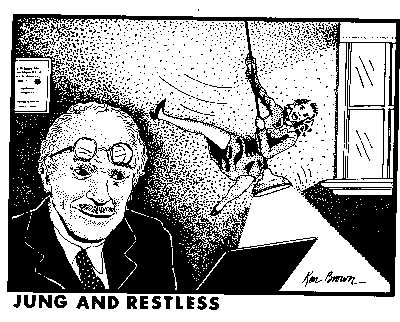
BY RADMILLA MOACANIN, WISDOM PUBLICATIONS, LONDON; 1986.
When I was a medical student, an English preceptor
in psychiatry fired questions at us. "What is the difference between a
mood, a feeling, an emotion, and an affect?" he would ask. We gaped at
him in ignorance. His marvelous left brain could differentiate among these
concepts, and he would recite four distinct definitions with precision
and accuracy. We would scurry to write them down on
3 X 5 cards, Hi-lite them in yellow, and prepare to regurgitate them
onto an examination paper. Today, I cannot tell you the difference between
a mood, a feeling, an emotion, and an affect.
Here, in only 128 pages, are two Weltanschaungen, two philosophies, two ways of life, distilled to their essences. The book is a corpus callosum between the right brain and the left. Mystical and ethereal concepts are translated into concrete definitions. We learn that skandhas are "a human being’s aggregates: body, feelings, perceptions, impulses and emotions, acts of consciousness." Jung's Self is "the center of personality, the symbol of wholeness, the principle of orientation and meaning; the culmination of the psychic development."
This book is useful to the student writing a term paper on Tibetan Buddhism or Carl Jung’s psychology. It offers more dignity and less guilt than Cliff Notes. But the student seeking satori, samadhi, individuation, or contact with the collective unconscious will have to seek other sources.
